Dados do Trabalho
Título
Adjuvant hyperthermic intravesical chemotherapy in intermediate and high-risk non-muscle invasive bladder cancer
Resumo
Introduction
Hyperthermic Intravesical Chemotherapy (HIVEC) is emerging as a promising therapy in the adjuvant setting for non-muscle invasive bladder cancer (NMIBC).
Objective
The purpose of this study was to evaluate the effectiveness and safety of adjuvant HIVEC in patients with intermediate and high-risk NMIBC.
Methods
This single-centre retrospective analysis included patients with intermediate and high-risk NMIBC who received HIVEC after transurethral resection of bladder tumour (TURBT) between August 2018 and May 2020. Levels of risk stratification were defined using the European Association of Urology (EAU) criteria. The treatment consisted of 1 instillation of 40 mg of mitomycin C (MMC) in 40 mL at 43º for 1 hour per week for 4 weeks, followed by 1 instillation per month for 6 months, using the COMBAT BRS device. The response to treatment was assessed with cytology and cystoscopy performed 4 weeks after the last HIVEC instillation, and repeated each 6 months. Toxicity was scored according to Common Toxicity Criteria (CTC) version 5. Statistical analysis was performed using SPSS version 25.0 software.
Results
A total of 27 patients were enrolled (23 male; 4 female) with a median age of 62 (range 34-82) years old. 19 patients (70.4%) had high-risk NMIBC. 18 patients had pTa (66.7%), 8 had pT1 (29,6%) and 1 had carcinoma in situ (CIS) only disease (3.7%). 18 patients (66.8%) completed all HIVEC instillations. 4 patients (14.8%) quit treatment due to reasons not related to adverse events (AE). AE that led to treatment suspension/discontinuation were grade 2. None of the patients experienced grade ≥3 AE. After a median follow-up of 13.2 (range 4.9-26.5) months, 21 patients (77.8%) are disease free, whereas 6 patients (22.2%) experienced disease recurrence.
One of these patients received rechallenge treatment with HIVEC, 3 received Bacillus Calmette-Guerin (BCG), 1 received best supportive care (due to metastatic muscle-invasive bladder cancer) and 1 is currently completing re-staging (due to suspected invasive differentiation). 3 patients died during follow-up, but only 1 death was attributable to bladder cancer.
Conclusion
Attending to the reported results, we conclude that HIVEC is an effective and well tolerated treatment and consequently can be considered a feasible therapeutic option in intermediate and high-risk NMIBC patients.
The small cohort of patients, the retrospective nature of the study and its short follow-up period are the main limitations of the present analysis.
Palavras Chave
Bladder cancer; HIVEC;
Área
Câncer Bexiga
Instituições
Instituto Português de Oncologia de Coimbra Francisco Gentil - - Portugal
Autores
JOANA CORREIA MAGALHÃES, MARIA JOÃO SOUSA, RAQUEL BASTO, MÓNICA MARIANO, PEDRO MADEIRA, GABRIELA SOUSA


 Português
Português English
English